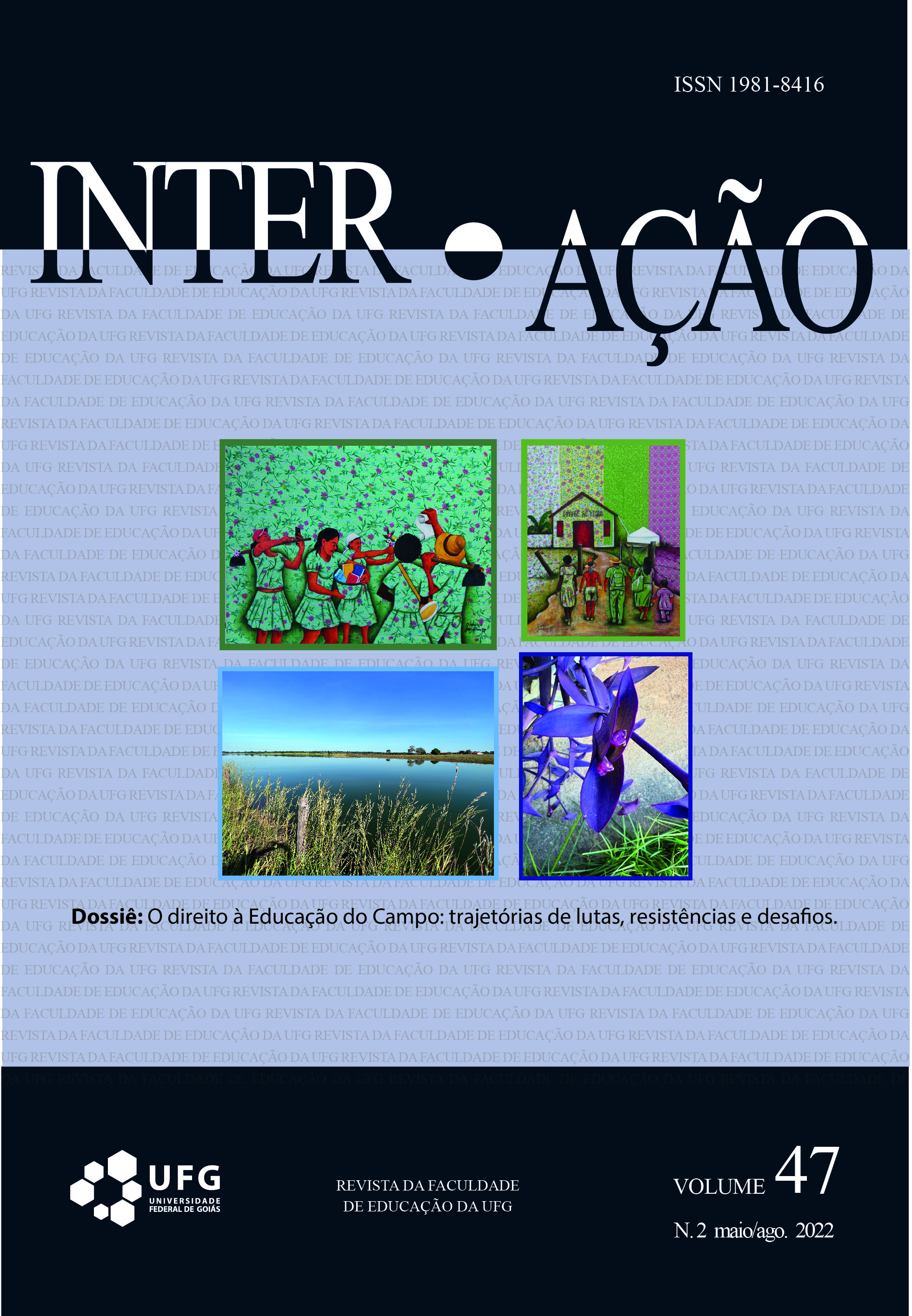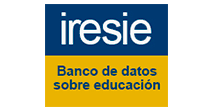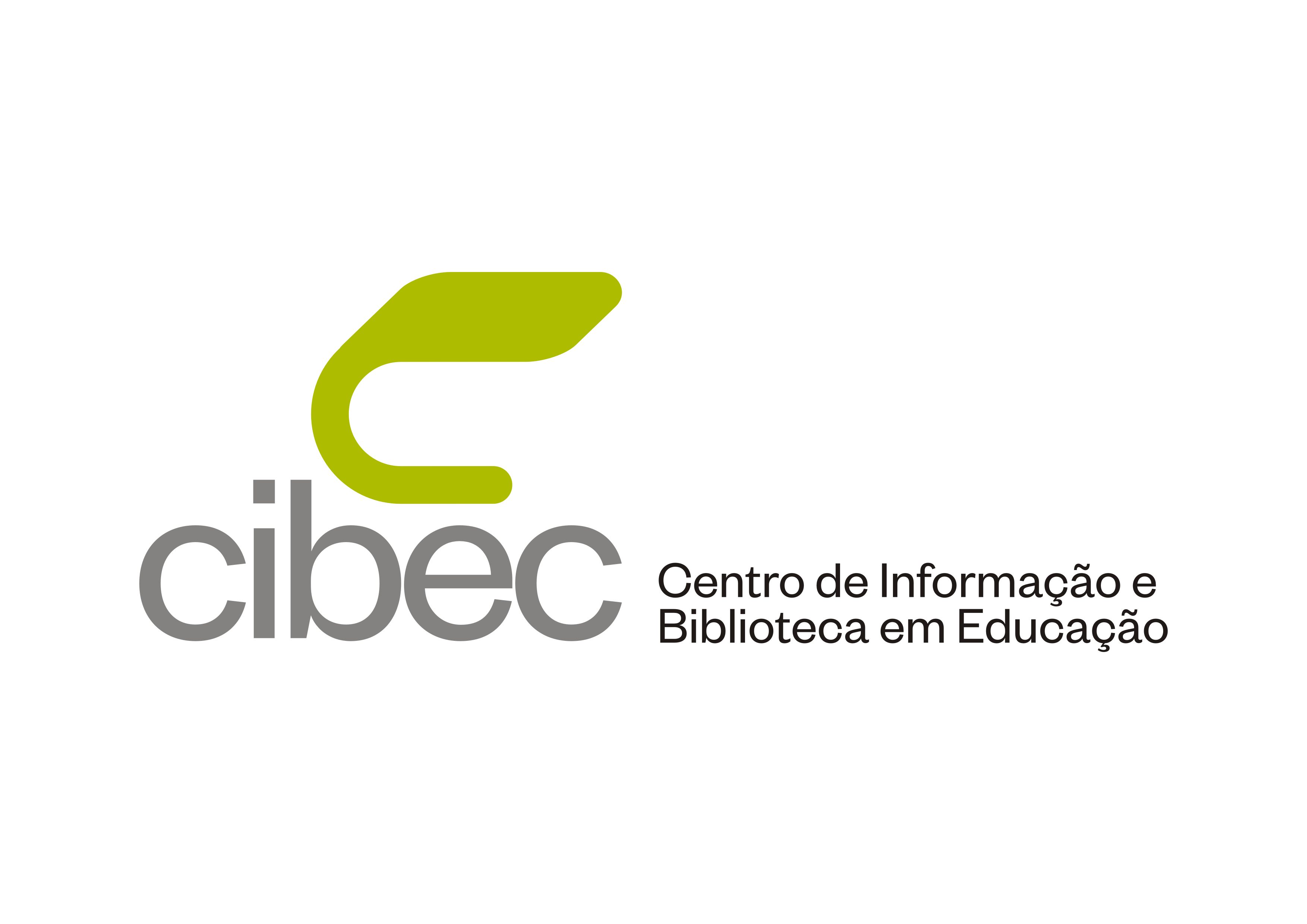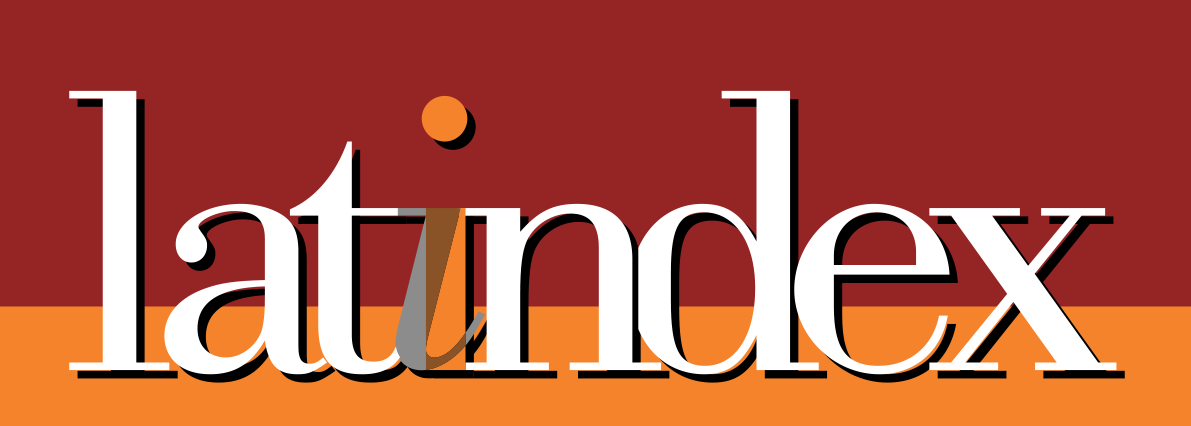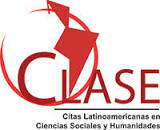YOUTH OF THE FOREST: VISIONS, SONGS AND WAY OF LIFE OF AN EXTRACTIVE AMAZON
DOI:
https://doi.org/10.5216/ia.v47i2.72163Abstract
The article aims to present the systematization of the experience of the Young Agrarian Residency – RAJ in the state of Amapá, Amazônia, Brazil, which received the name “Youth of the Forest: visions, songs and way of life of an extractive Amazon”. It was developed by the Federal University of Amapá – UNIFAP in partnership with the National Council of Extractive Populations – CNS and with the Agroextractivist Family Schools of Carvão – EFAC and Maracá – EFAEXMA. We used the approach of systematization of experiences, from the participatory methodology in the perspective of researcher Oscar Jara Holiday. The results show that the RAJ made it possible for youth to become protagonists through the strengthening of leadership and the insertion of Youth in the various spaces of struggle and organization. It is concluded that its implementation was only possible through the struggles and organization of Social Movements, which have a specific configuration in the Amazon region and in the state of Amapá in relation to their historical construction of dispute and configuration of the territory.
KEYWORDS: Youth Agrarian Residence. Field, Water and Forest Education. Forest Youth. Extractive Amazon.
Downloads
Published
How to Cite
Issue
Section
License
Copyright (c) 2022 Debora Mate Mendes, Marlo dos Reis, Kamila Karine dos Santos Wanderley

This work is licensed under a Creative Commons Attribution-NonCommercial 4.0 International License.
Inter-Ação uses the Creative Commons Attribution 4.0 License for Open Access Journals (Open Archives Initiative - OAI) as the basis for the transfer of rights. Open access means making documents available on the Internet free of charge, so that users can read, download, copy, distribute, print, search, or link to the full text of documents, process them for indexing, use them as input data for software programs, or use them for any other lawful purpose, without financial, legal, or technical barriers.
Authors publishing in this journal agree to the following conditions:
1) Authors retain copyright and grant the journal the right of first publication, with the work simultaneously licensed under the Creative Commons Attribution License, which permits redistribution of the work with attribution and first publication in this journal.
2) Authors are permitted to enter into additional, separate agreements for non-exclusive distribution of the version of the work published in this journal (e.g., for publication in an institutional repository or as a book chapter), with attribution and first publication in this journal.
3) Authors are permitted and encouraged to publish and distribute their work online (e.g. in institutional repositories or on their home page) at any time before or during the editorial process, as this may generate productive changes as well as increase the impact and citation of the published work.

